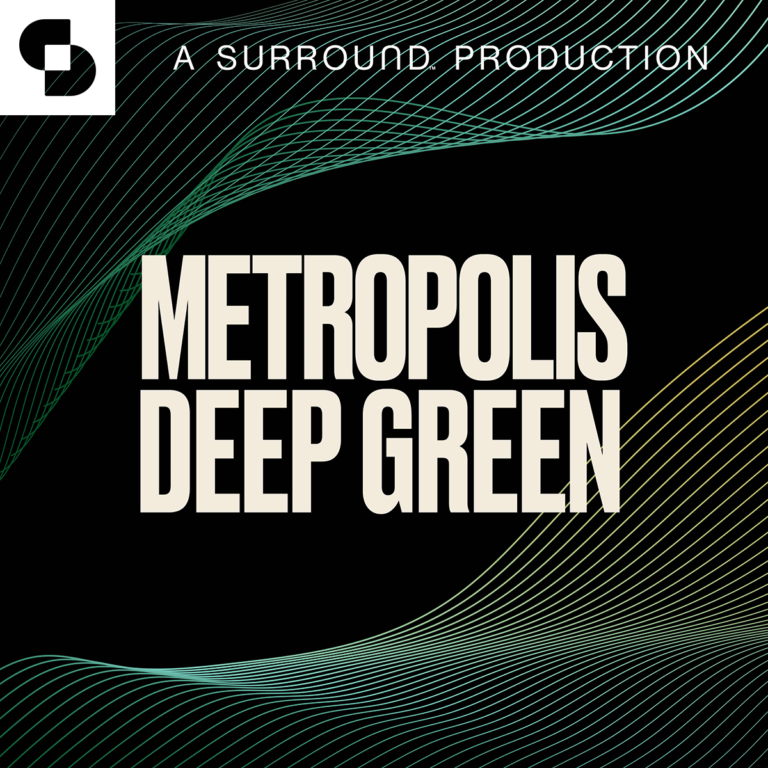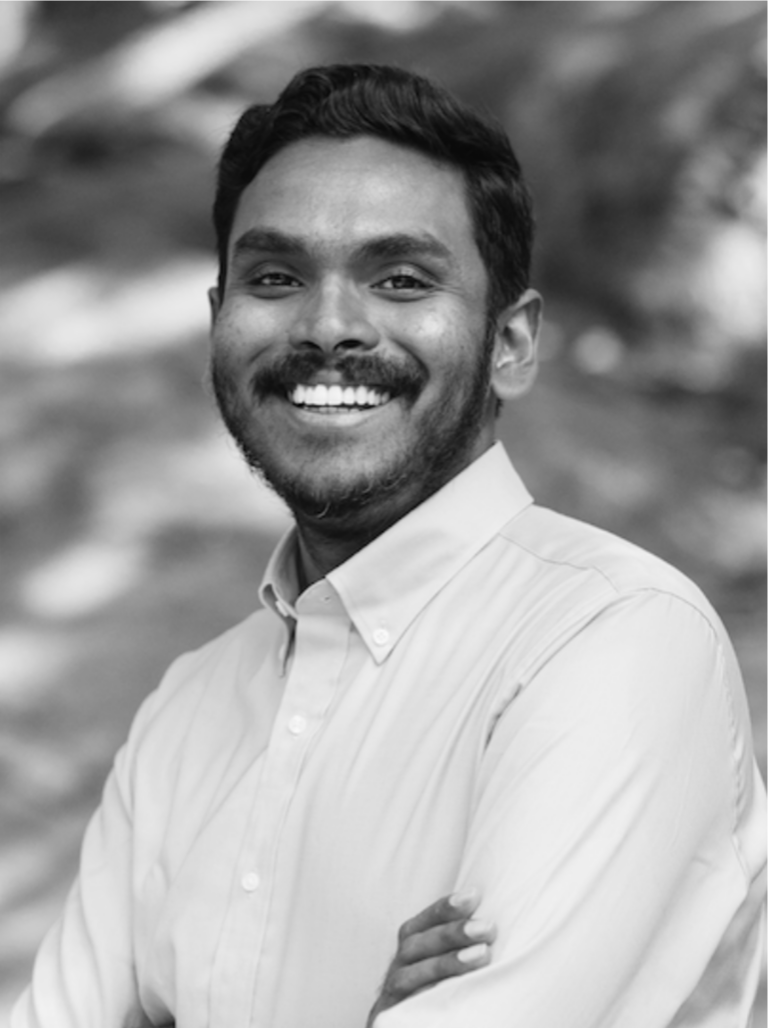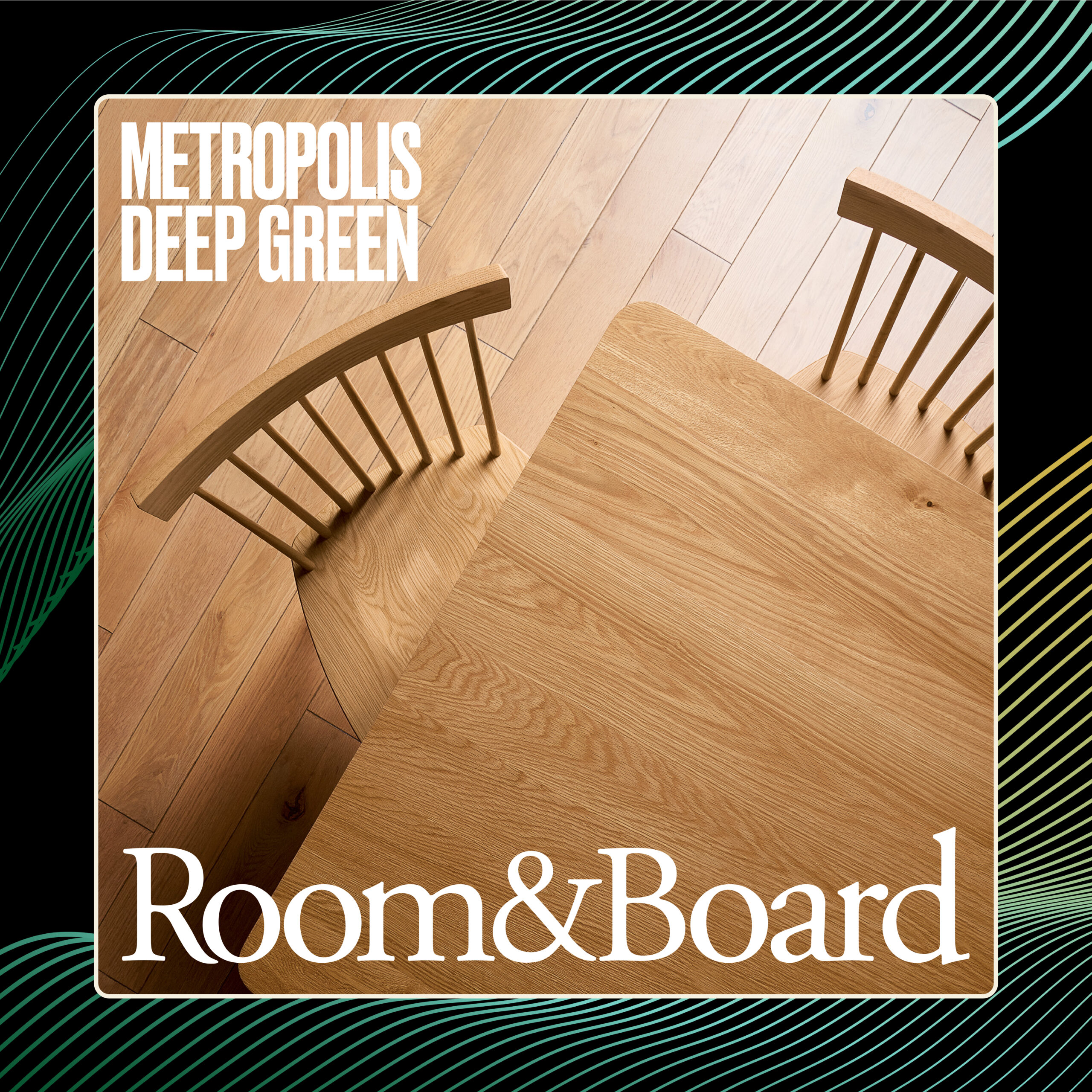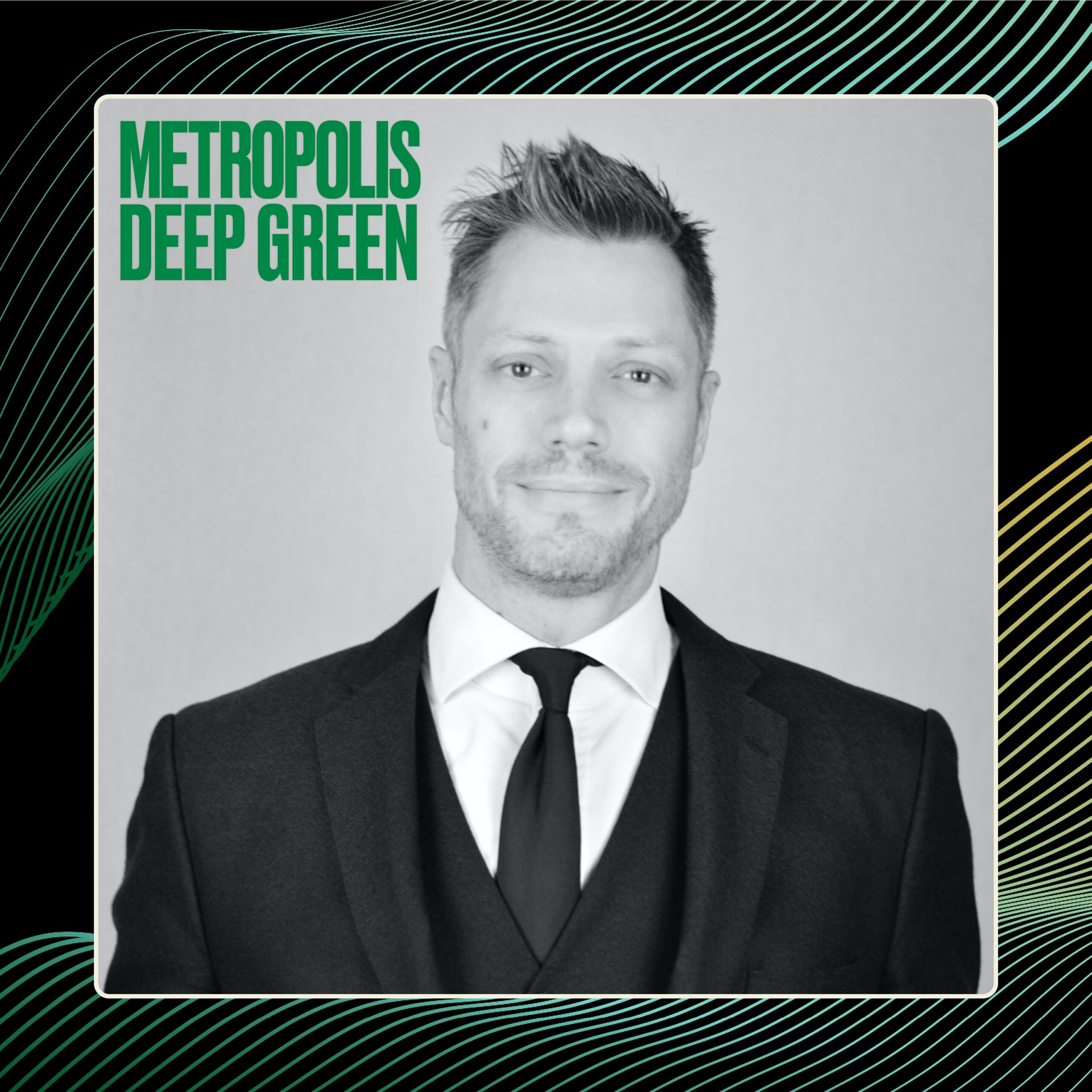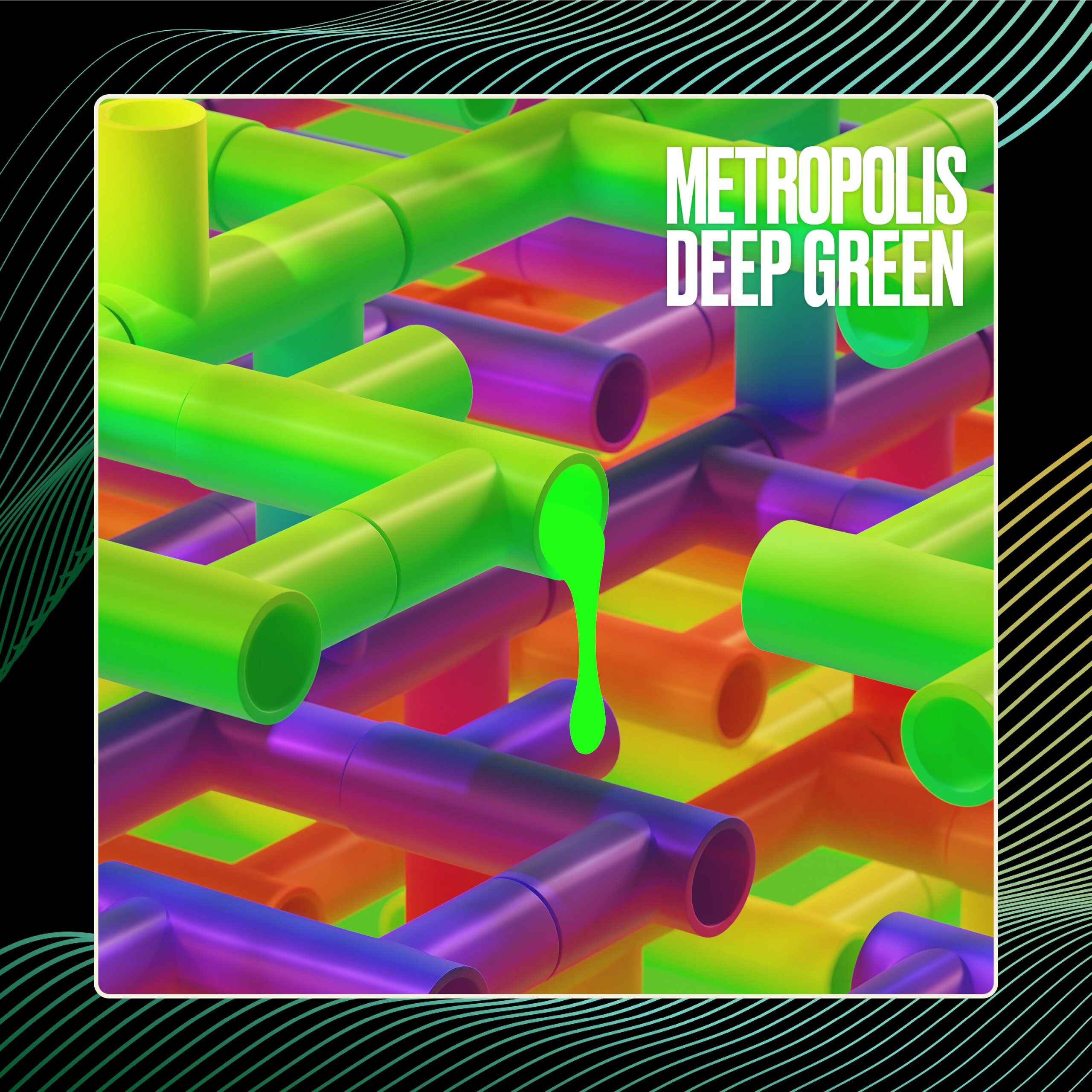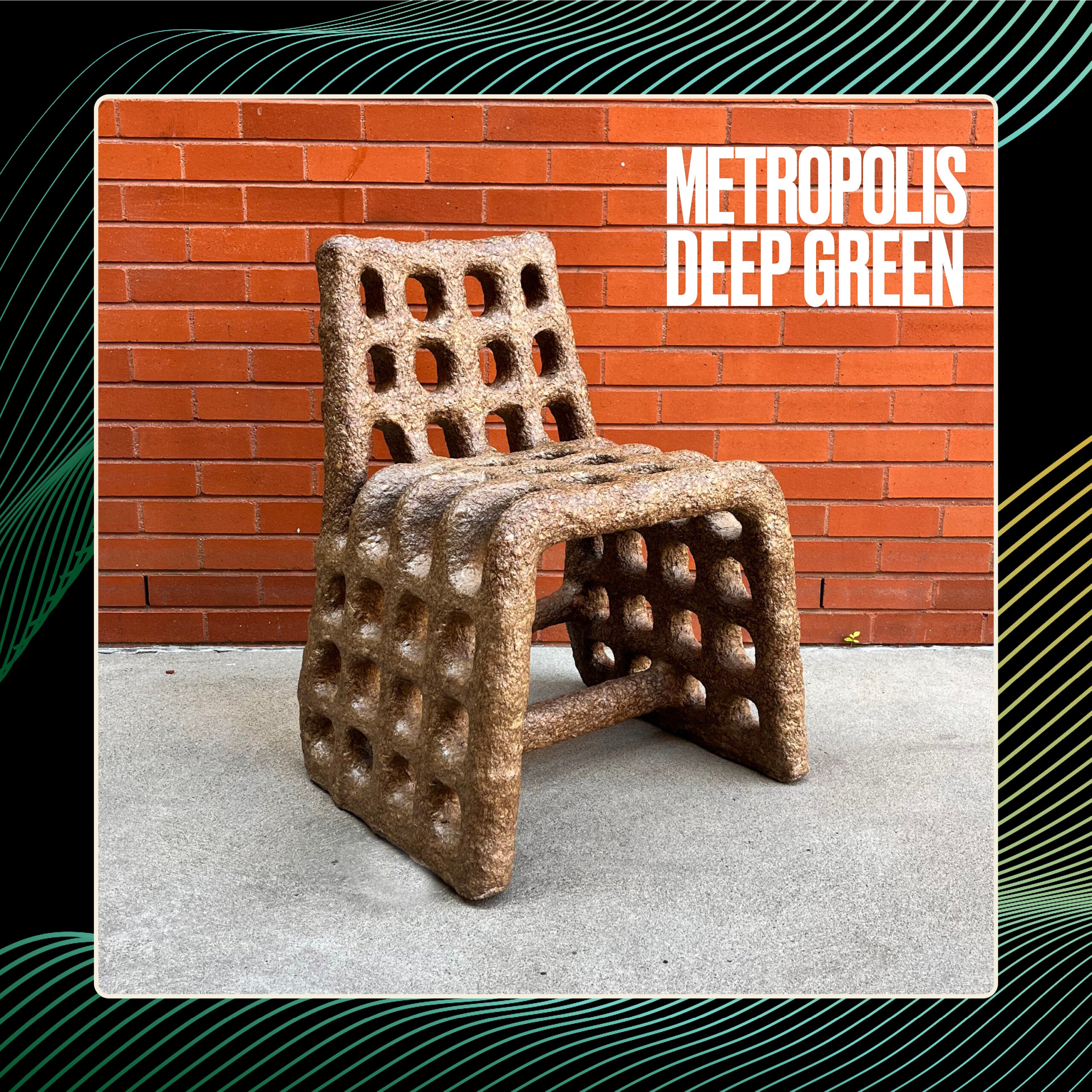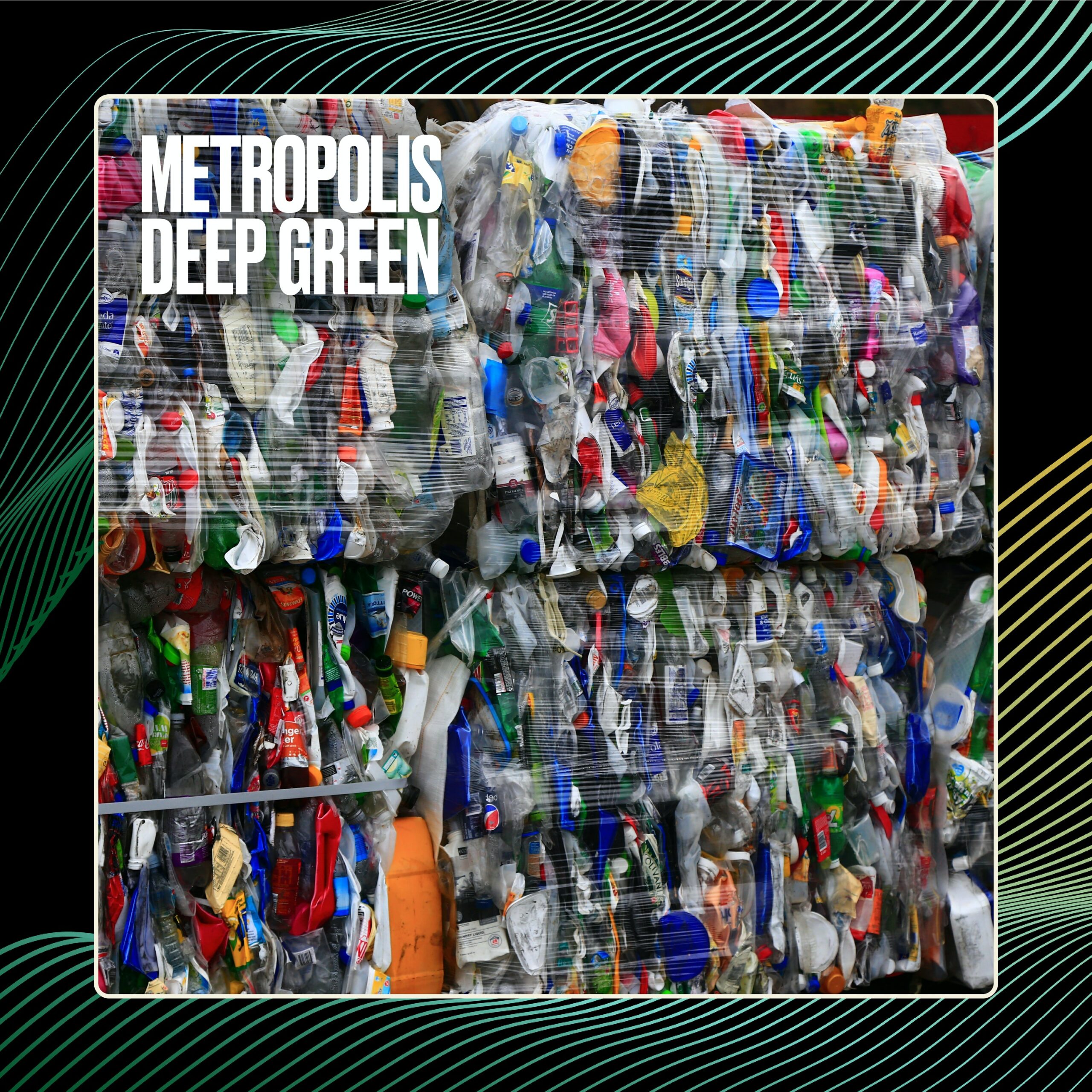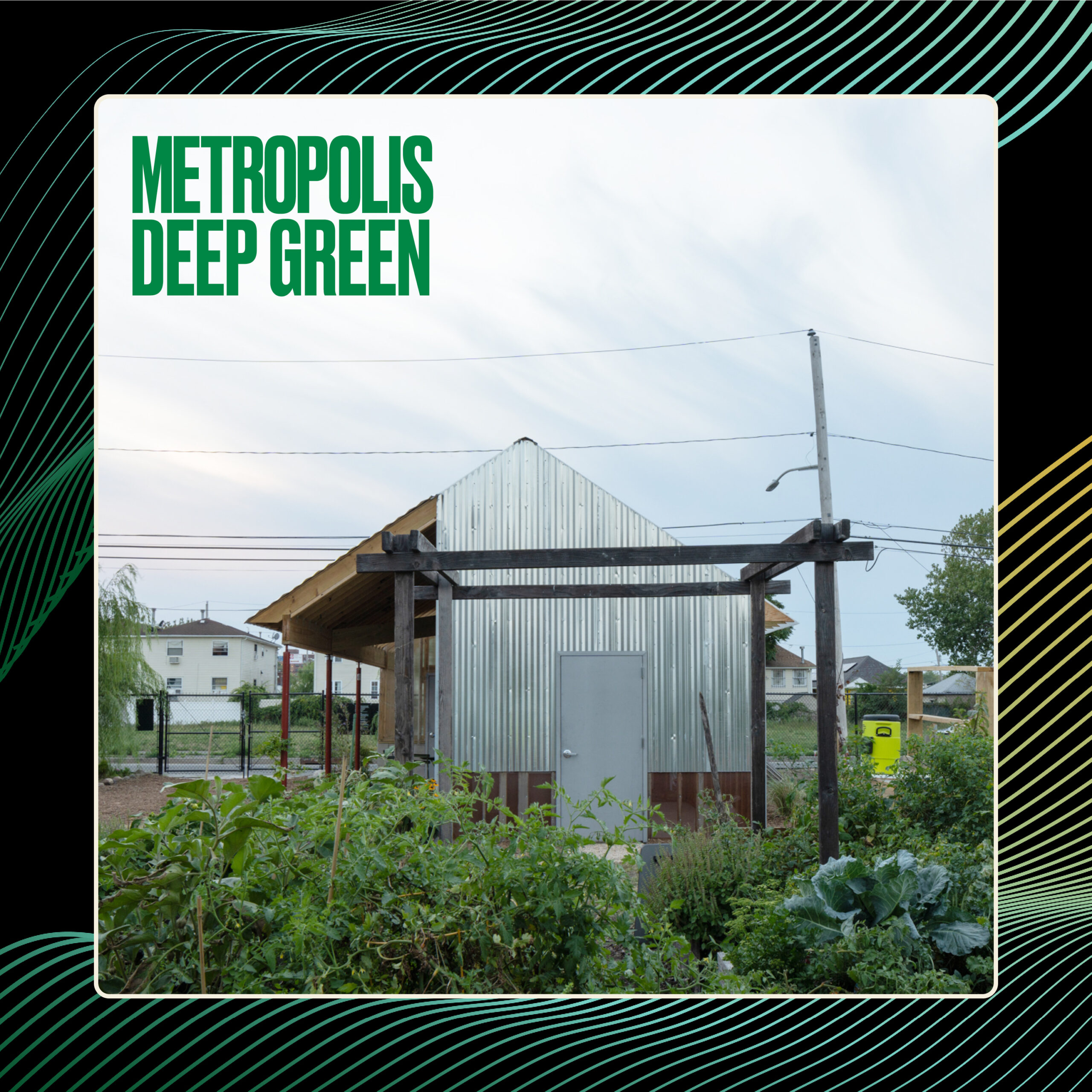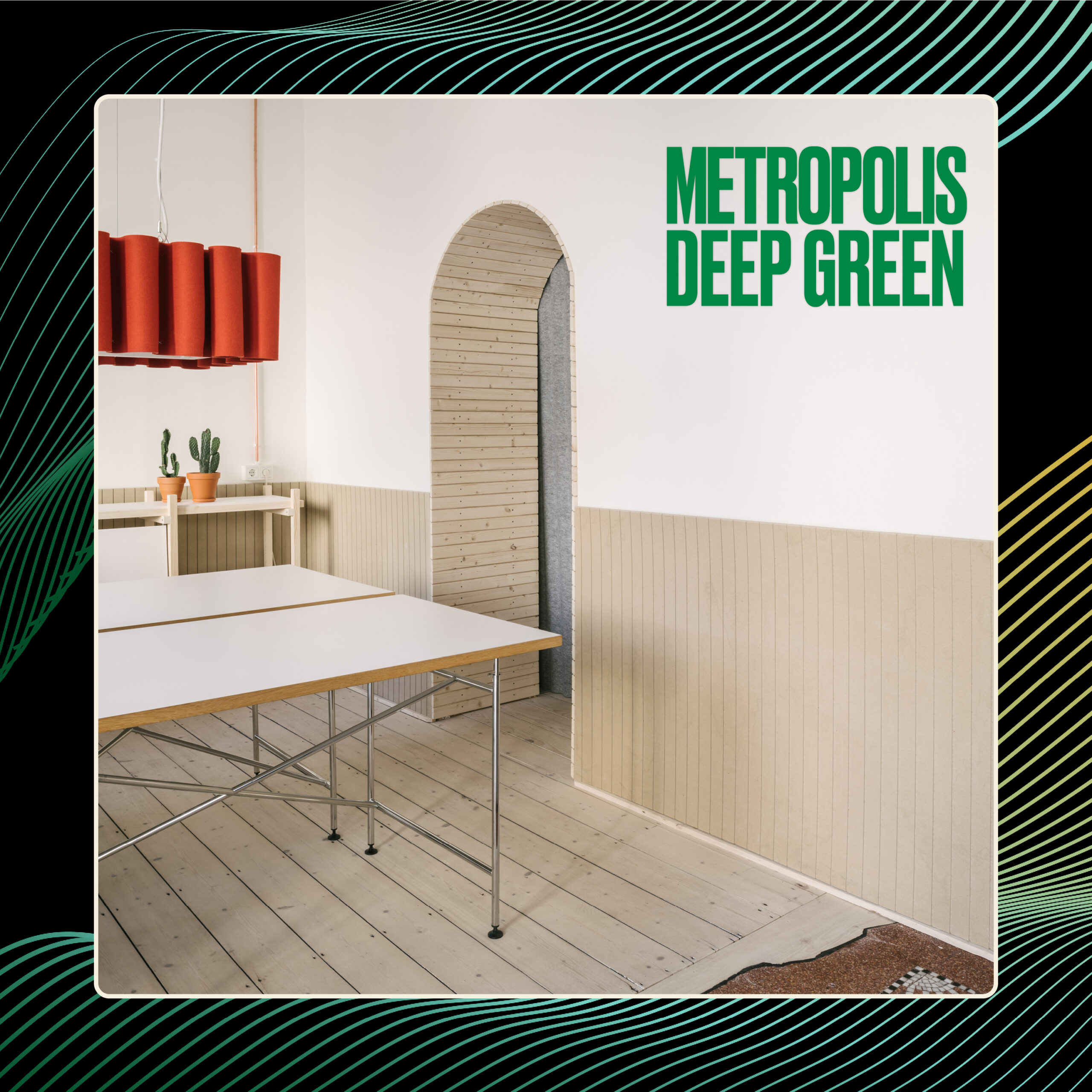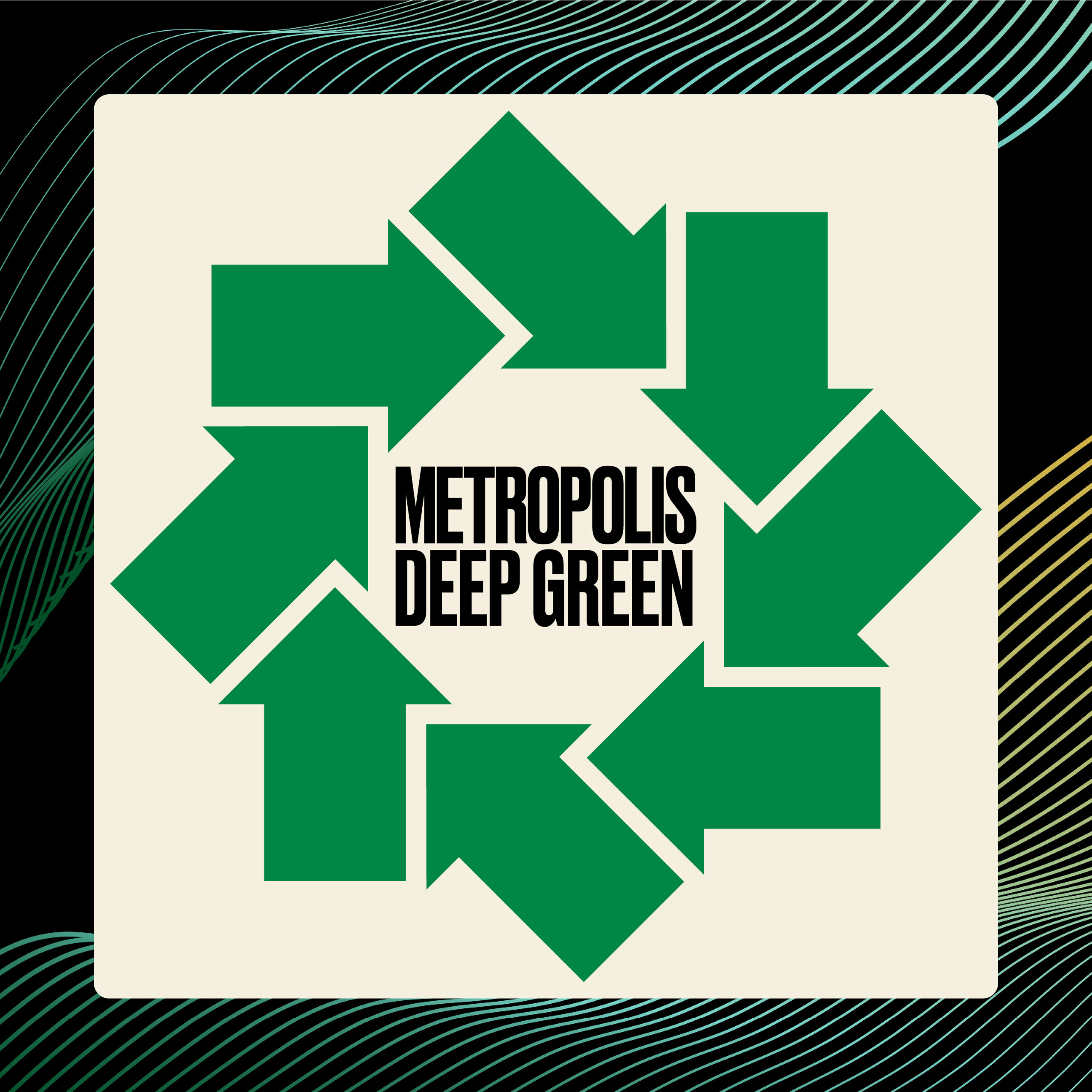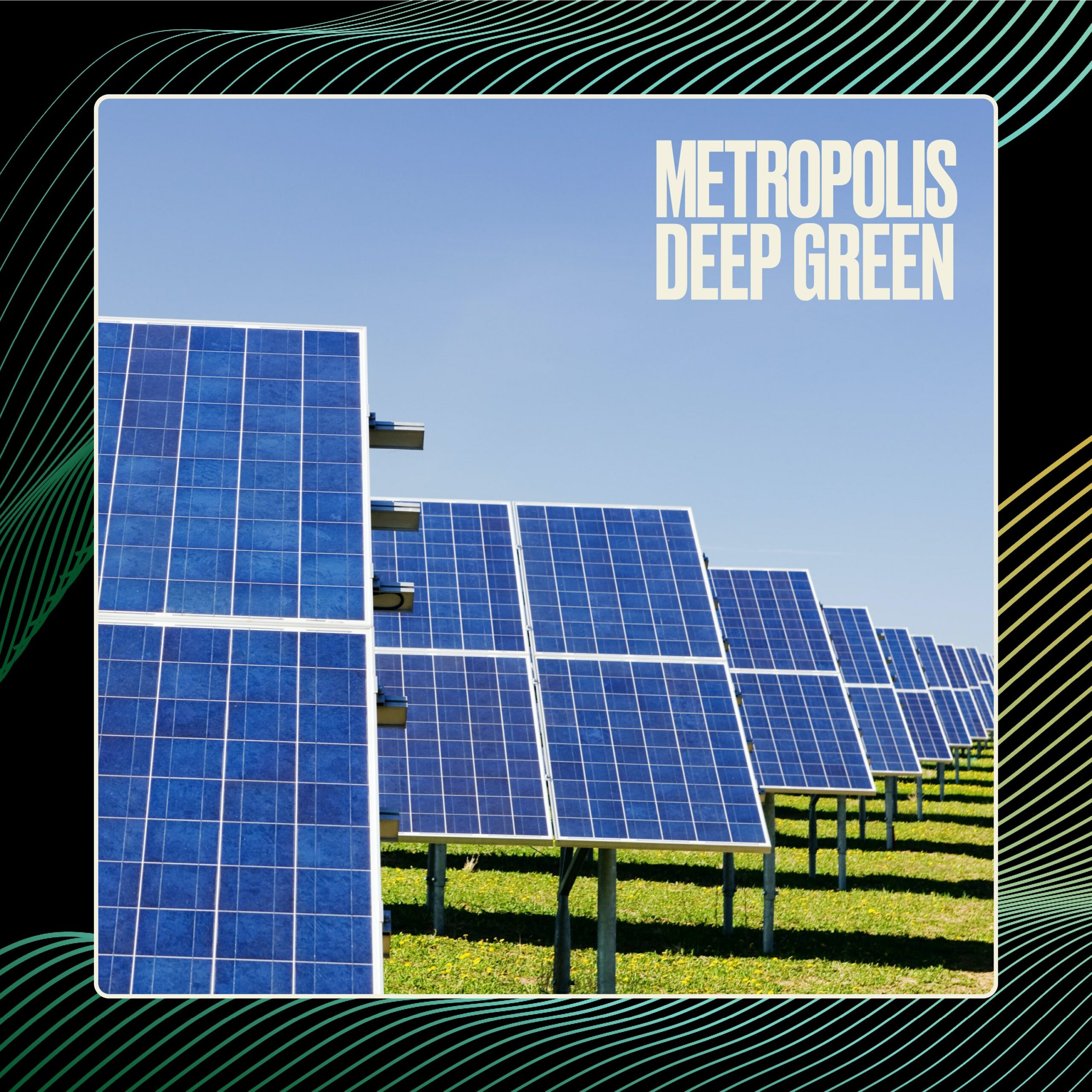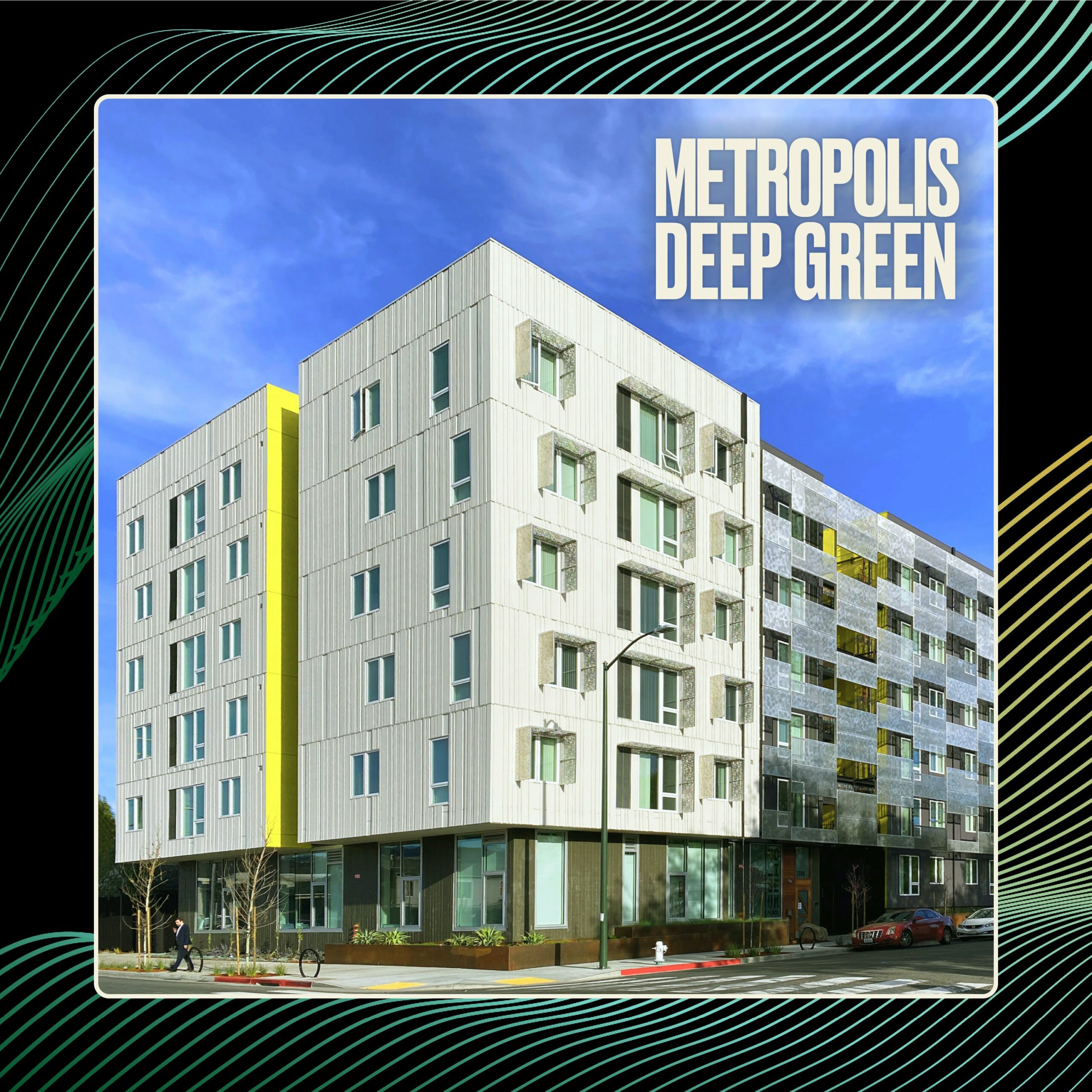Have you heard of the term biophilia or perhaps biophilic design? If you’re an interior designer or you have a lot of interior design videos on your TikTok feed, you likely have. The word was popularized by a 1984 book by Edward O. Wilson, and he defined biophilia as the urge to affiliate with other forms of life. In recent years, designers have taken the word and interpreted it in many ways. Your wallpaper has a pattern that looks like wood grain, that’s biophilic. Your glass and steel skyscraper has plants growing on its facade, that’s biophilic.
In this episode, Metropolis contributor Audrey Gray talks to the renowned architect Moshe Safdie, who has spent his entire career navigating and exploring the relationship between buildings and nature. While he has been working on mega developments—like the legendary Habitat 67 project in Montreal and Marina Bay Sands Resort in Singapore—he has also been thinking about how nature is integrated into our cities. And that has led to an evolution of ideas about density and urban design. Join us to hear from Safdie about the release of his book, If Walls Could Speak: My Life in Architecture, and how he feels about the term biophilia and how it is being co-opted.
Connect with our host Avi Rajagopal on LinkedIn!
Discover more shows from SURROUND at surroundpodcasts.com. This episode of Barriers to Entry was produced and edited by Wize Grazette and Samantha Sager.
Avi Rajagopal: [00:00:00] Welcome to Deep Green, a show about how the built environment impacts climate change and equity. I’m your host, Avi Rajagopal, Editor in Chief of Metropolis. Have you heard of the term biophilia or perhaps biophilic design? If you’re an interior designer, Or, you have a lot of interior design videos on your TikTok feed, you probably know what I’m talking about.
The word was popularized by a 1984 book by naturalist Edward O. Wilson, and he defined biophilia as the urge to affiliate with other forms of life. In recent years, designers have taken the word and interpreted it in many, many different ways. Your wallpaper has a pattern that looks like woodgrain, that’s biophilic.
Your glass and steel skyscraper [00:01:00] has plants growing on its facade? That’s biophilic. Well, last year, Metropolis contributor Audrey Gray had the opportunity to talk to the renowned architect Moshe Safdie, who has spent his entire career navigating and exploring the relationship between buildings and nature.
And of course, she asked him a question or two about biophilia. Safdie, who is the architect of the legendary Habitat 67 project in Montreal, is also the brains behind two much fetted buildings in Singapore. One is the Marina Bay Sands Resort that you probably know from ads or pictures on the internet.
It has these three towers with what looks like a really long boat perched on top of them. The other is Jewel Changi Airport, a building in which a column of water pours down from an oculus into what we can only describe as a bit of rainforest inside of an airport building. Safty has been working on [00:02:00] these huge, enormous mega developments, but has also been thinking about how nature is integrated into our cities.
And that has led to an evolution of ideas about density and urban design. Safdie spoke to Audrey on the occasion of the release of his book, If Walls Could Speak, My Life in Architecture. And of course, Audrey started by asking Safdie how he feels about the term biophilia and how it is being co opted.
Moshe Safdie: When I wrote my first book, Beyond Habitat, after completing the project, I talked about that there’s something fundamental in our being that craves to be with plant life, that it’s something that comes to us through our D N A because that’s our origin as as a species, and that it’s the same with daylight.
We crave for daylight during day hours, and when we’re deprived of it, [00:03:00] we’re just not well because. It is part of our DNA, and even the cycle of daylight and darkness and sunlight are part of our DNA. And, but, of course, the word biophilia wasn’t then coined, and when it does… Uh, eventually emerge and Wilson’s book and so on.
So these notions, they’ve been with us for a long time. And I wasn’t the only one thinking in these terms either. So I’m not claiming authorship, but these concepts were there. And then at some point they get a name, which is wonderful. And it’s when that happens, then they become a kind of a rally cry.
Avi Rajagopal: Safdie’s early projects were small scale installations, a far cry from the mega projects he’s known for today. Audrey asked him about that shift in scale. I think
Moshe Safdie: the scale changes, and one of the things when we designed Habitat, when I was conceiving it during Expo, is when we said high density, we [00:04:00] were thinking high density at the time.
We weren’t thinking of Shanghai or Hong Kong. Or Singapore or any of the major mega cities of today, which are probably three times or four times the density and with mixed use and offices and apartments and shopping all put together. And so in later years, we came back to asking how are these ideas applicable at this moment as we change scales.
And we did this study of habitat of the future, which led to many new projects where we’re dealing with, with these new kinds of issues. But it also turns my attention to the public realm. What happens after the mall kind of question. If the mall was The kind of expression of urban places in the turn of the century and all the shortcomings of malls.
What comes after? How do we create the public realm [00:05:00] that’s truly public, accessible, part of the city, and integrates nature? And so now we’re thinking integrating nature at the scale of airports and city centers and Large complexes and that’s bringing thousands of trees and whole different scale of bringing plant life into urban development.
And to me, for everyone, a garden at the domestic scale is a natural extension when you come to the public realm and say, can we really? Integrate the parks and the open spaces and plant life into our city centers today at the densities that we are developing cities.
Avi Rajagopal: As a student of architecture, Safdie went on a U.
S. Canada tour of housing developments. Audrey asked him how that has influenced his career. So,
Moshe Safdie: we had a wonderful guide from Toronto and we went to the inner cities and we saw all the [00:06:00] public housing, high rise projects which were proliferating then in Chicago, in Philadelphia, in New York. in Montreal.
And then, to really cover the whole territory, we, we just went to Levittown and some of the other massive suburbs that were in full swing in the 50s. And in between, Chatham Village and Pittsburgh, places like that. And I came to the conclusion very rapidly that anyone who had the choice, any family who had the choice, Would rather live in the suburbs with a little garden of their own and a little sense of identity of their own in spite of all the inconveniences of the suburbs.
And those who had no choice get stuffed into apartment buildings that are sort of like extruded cell boxes. And I came back with the conclusion, the only way to stop the suburban sprawl. And to make more, better sense of life in cities is to rethink apartments. [00:07:00] Apartment is buildings. Fundamentally rethink them so that they’re like, more like houses.
And hence, pile up the houses, give them the character of houses, give them gardens, give them their own identity, make the corridors into streets. And that will solve everything, I thought at the time. And
Avi Rajagopal: what does Safdie think about designing for cities now and in the future?
Moshe Safdie: I think we should be humble when we predict the future because I’ve been around for a while and I’ve practiced architecture for many decades and I realized to what extent we never were able to actually predict many things.
I mean, who would have thought of the forms of communications that we have today? Or when we were drawing architecture with pens and T squares, that one day we would, you know, just type on buttons and drawings would come out in order. Still, you can look at [00:08:00] the patterns. We will change the way we travel for sure in the coming decades.
We will transform the way we use cars. And I think all forms of travel will transform and They will be much more synchronized and they’ll allow you more mobility with somehow relieving congestion and that’s going to mean major changes to the form of cities because we know that every time transportation modes change, the city change.
You got the trains, you got the suburbs and the small towns and you got cars and then you got expressways and wide roads and pedestrian life changes. So every form of transportation transforms the city. And we are in the cusp of a major transportation revolution, I would call it. I’m talking about vehicles that are either on demand or self driving or combination public [00:09:00] transportation, that’s more smart mass transit would change because it’d be more on demand and more specific and the transition from one form to the other, like when you go from a car to an airplane or from a train to a car.
all that’s going to change to allow you to travel more efficiently with less inconvenience and less congestion. And that is going to be possible by all the technology that we’ve created that will enable that kind of travel. So, and I can’t even begin to imagine how the cities change when, for example, you don’t need parking in the buildings and the form of entrances change and an airport, you know, you get off one vehicle and you get on a conveyor belt right into the airplane and you don’t need to run for miles in an airport.
All that is just It’s going to be an amazing transformation of, of cities. [00:10:00]
Avi Rajagopal: Deep Green will be back after a short commercial break.
So why is Safdie so concerned with megacities and large scale developments today? And what does he think are the most urgent tasks for the decades
Moshe Safdie: ahead? I feel two things at this point. First, that is still the issue and will continue to be because whatever the circumstances, we’re still in a mode of growth and expansion of the population of this planet, which I hope will stabilize at some point.
But as long as that is correct, we also have somehow about the way we live as a species, this concentration into mega cities. It’s part of our economy, of our social structure. are posing tremendous challenges and I don’t see that [00:11:00] changing. What I would add today is We should be asking ourselves the question, when is density too much?
When are we gone over the limit? You know, I walk around cities such as Toronto, Hong Kong, or cities, which really have enormous concentration of tall buildings, all compacted in one place. In one area. And I asked myself, why so extreme? Because if you think of these cities, they’re very dense, and then you’ve got miles of low density suburbs.
Why not reduce it somewhat, and then increase the density elsewhere in modest ways? Because 30% reduction in density, which is still enormous, In these cities would make living conditions much more habitable and for less resources, for less money. And so I think these extremes that are driven mostly by real estate developers, they’re not planning [00:12:00] logic.
They don’t have a payoff when you get to the entities of a floor ratio coverage of 20. that just doesn’t make sense anymore. Like, even 12 was high. And you know, if we could maintain things like a floor coverage ratio of building to land of eight, that’s pretty dense. And it would obviously spread the density further, but it would also then maybe reduce the level of sprawl that comes with a very high density.
Audrey
Avi Rajagopal: Asofti, what his guiding principles are today?
Moshe Safdie: I used to also think that That studying a site had mostly to do with its physical attributes. So the topography, the climate, the cycle of light and the sun, depending on where it is in the planet, as being paramount forces. But I also came to understand that equally the cultural context, [00:13:00] the way of life in a particular place.
So as I came to build in very contrasting places like Senegal or the Punjab in, in India, Versus say site places in North America, Canada, or even in Southeast Asia. I recognize that the culture was as much a force in design and the heritage and the history. And so in many places studying the. Context, culturally, historically, is as important as studying the context physically.
And it’s the two of them that become forces in shaping a building, not just a physical one.
Avi Rajagopal: If you want to dive deeper into Nmoshe Safdie’s approach to biophilia and cities, head over to metropolismac. com to read Audrey Gray’s excellent [00:14:00] profile, and then get yourself a copy of Safdie’s book. If walls could speak my life in architecture, published by the Atlantic Monthly Press. Deep Green is a proud member of the Surround Podcast Network.
Discover more shows from Surround at surroundpodcast. com. This episode of Deep Green was reported by Audrey Gray and produced and edited by Weiss Grazett and Samantha Sager. This is the last in the series of Deep Green’s summer episodes, which we kicked off with a conversation. with architect Karl Ross Barney about design for the public good.
We also talked to Katie Ackerley about the intersection affordability and sustainability. And chatted with energy equity advocate Daphne Rose Sanchez about making solar energy more accessible. If you haven’t heard those episodes or listened to our special series with sustainability pioneers John Wolfling, Sharon Prince and Paula Antonelli, [00:15:00] there’s lots of treats waiting for you on your podcast feed.
Go listen to them now. We will be back soon with our fall and winter episodes. Stay tuned to Deep Green wherever you listen to podcasts, and I’ll talk to you again on our next episode.

